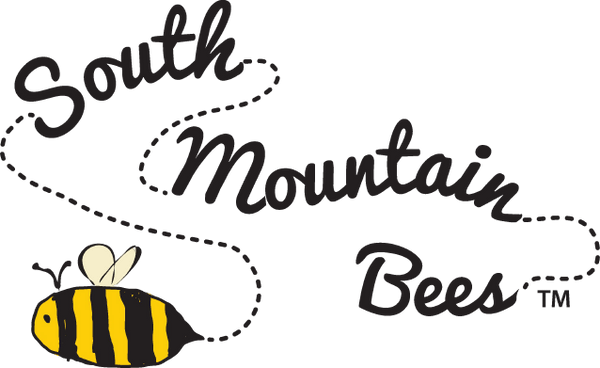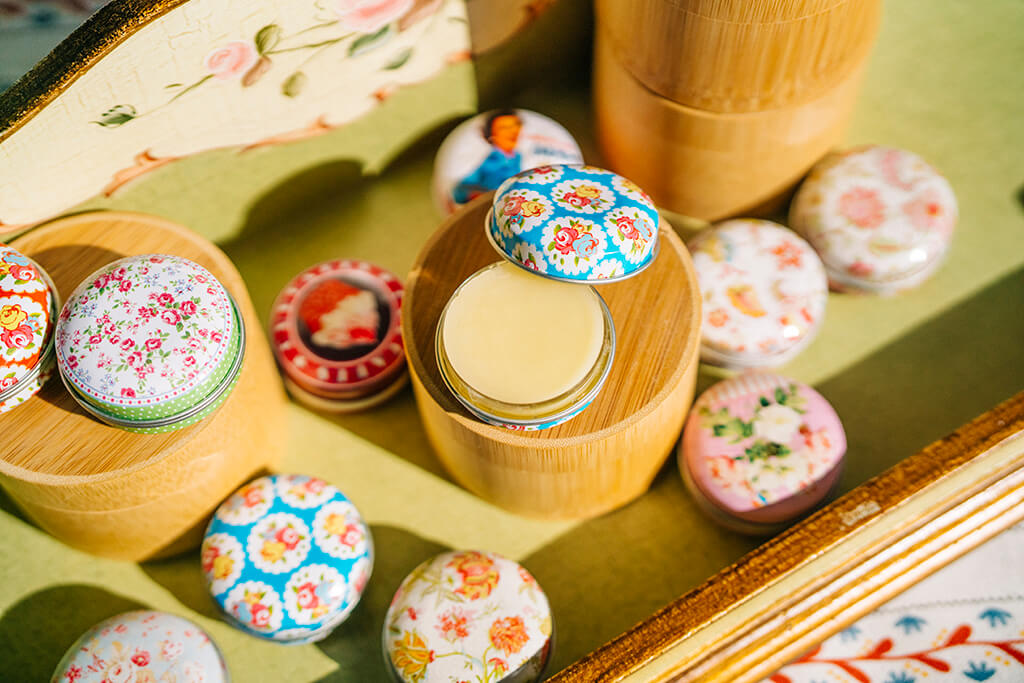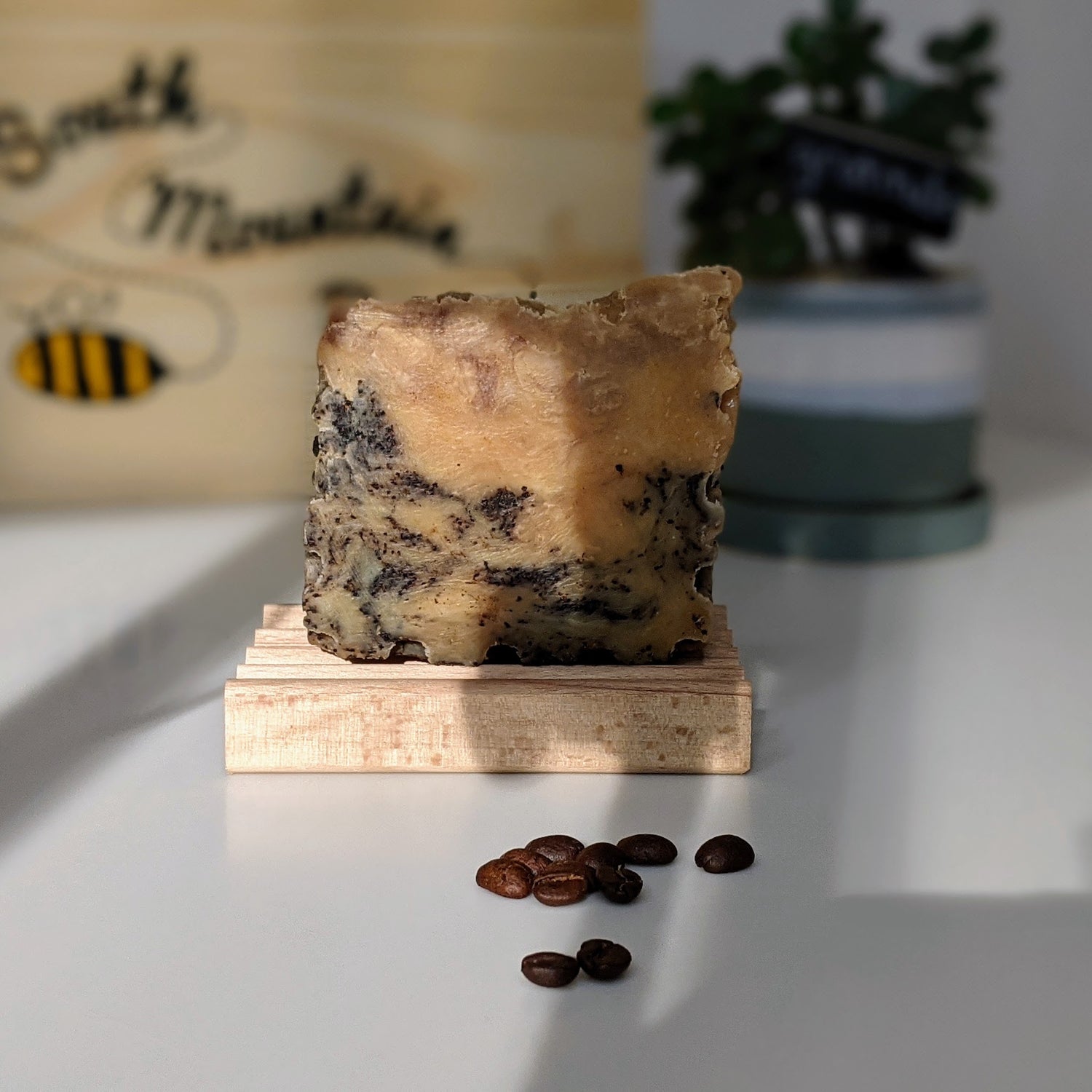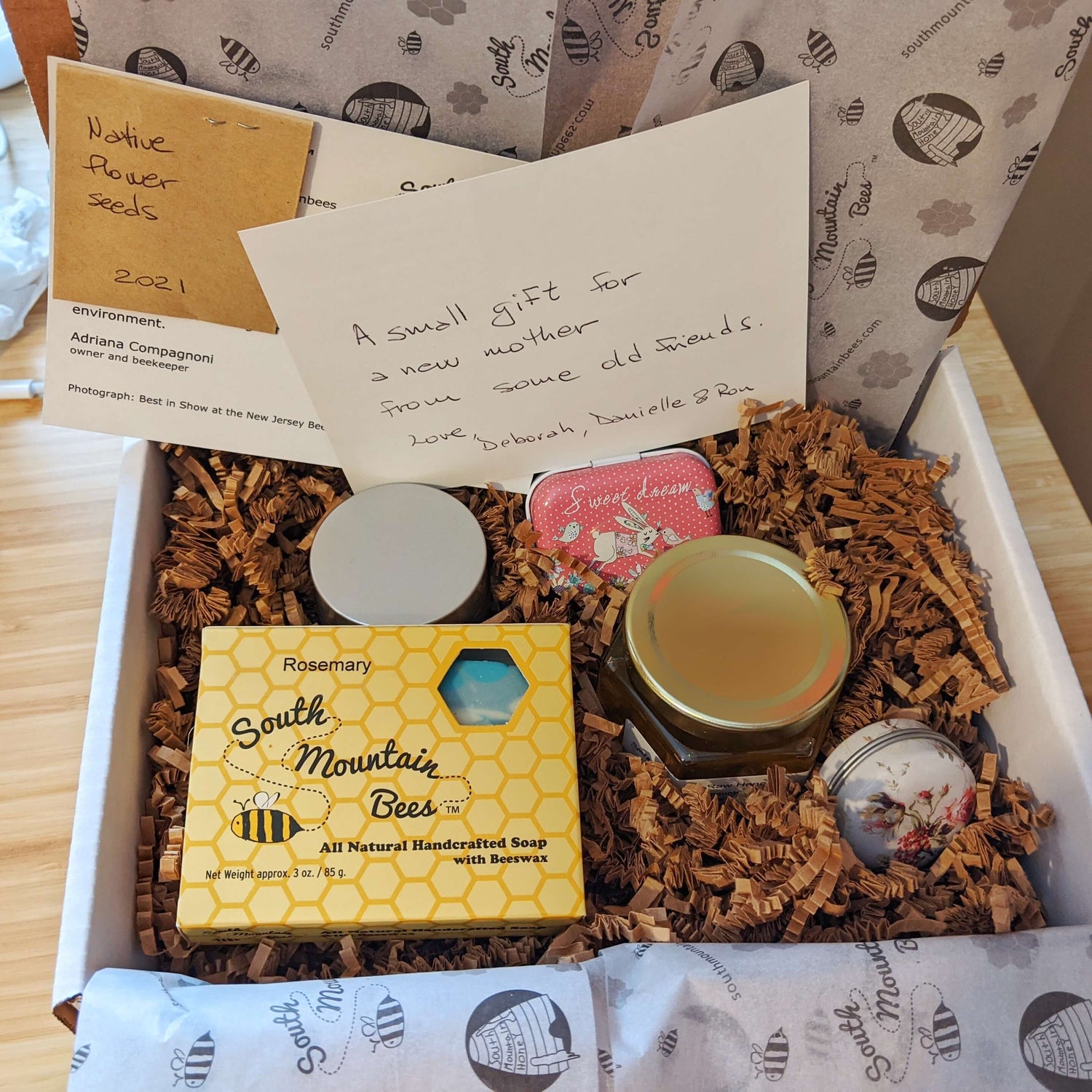
Hi, this is Adriana, the beekeeper from South Mountain Bees.
Did you ever wonder why honeys in the supermarket all look the same while honeys from a beekeeper have lots of different shades?
Supermarket honey tends to come from large honey brokers that source their honey from different parts of the world, and it is all mixed together in large barrels. A bit like the plasticine from kindergarten that it all ended up looking a brownish gray despite starting with bright primary colors.
The honey from a beekeeper can often be sorted into different varietals. That's why you have clover honey, linden honey, black locust honey, Japanese bamboo honey, etc., where each varietal has its own distinctive color.
But how come the bees keep the nectar separate if they go to different flowers?
Here's something really interesting about bees foraging habits. Even if there are different flowers blooming at the same time, individual honey bees will visit only one kind of flower in a foraging trip, ignoring anything else in bloom.
Imagine a bee has been recruited by a scout bee to forage apple blossom in a field where there are also dandelions and clover in bloom. If bees would hop from apple to dandelion to clover, they would collect pollen and nectar, but there would be no pollination, because the apple blossom pollen can't pollinate dandelions or clover, and vice versa. So bees would gather food, but there would be no apples later in the season.
Once honeybees choose one floral source, they stick to it, making honeybees fantastic pollinators. This behavior is called flower fidelity.
In the same colony, there may be some bees foraging on apple trees, some on dandelion and some other ones on clover, but they stay segregated, and they store all the nectar from the same source together. That segregation gives rise to the different colors of honey.
If you want to learn more about honey, I recommend "The Backyard Beekeeper's Honey Handbook" by Kim Flottum.




